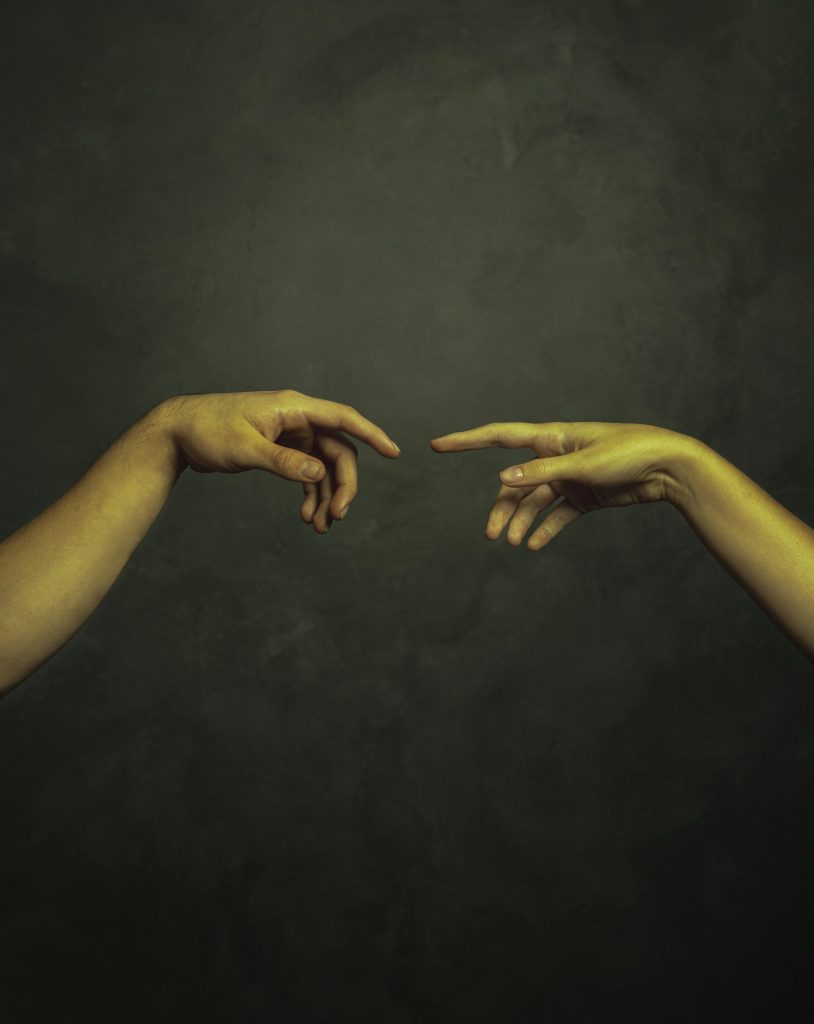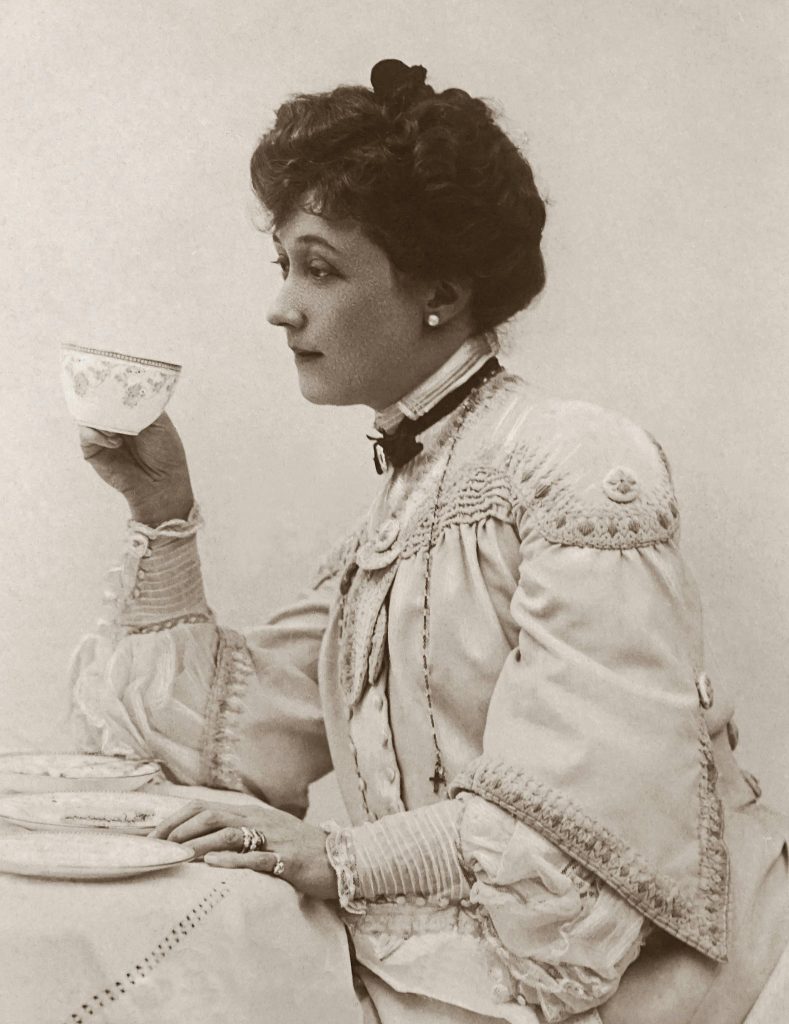Throughout history, veils and scarves have served as more than just accessories. These versatile pieces of fabric have carried deep meanings symbolizing everything from status, modesty, and religious identity, to personal style and political expression. Found in nearly every culture across the globe, veils and scarves have woven themselves into the fabric of human history literally and figuratively.
Let’s take a fascinating journey through the centuries to explore how these timeless pieces have evolved and left a mark on fashion and society.

Ancient Civilizations: Symbols of Status and Modesty
In Ancient Mesopotamia, veils were considered a privilege of noblewomen. Laws dictaced that only high-ranking could wear them, ensuring that veiling became an early indicator of social class and virtue. Meanwhile, in Ancient Egypt, scarves were not only fashionable but also ceremonial. Made of fine linen and often intricately pleated, they were worn by both men and women as decorative adornments and status markers.
The Greeks and Romans embraced veils as a sign of modesty and feminine virtue. Women would drape lightweight fabrics over their heads and shoulders, styled with folds and pins to reflects refinement. These pieces often denoted both marital status and a woman's place in society.
The Middle Ages & Renaissance: Devotion and Elegance
In Medieval Europe, veils became closely tied to religious devotion and morality. Women particularly married and noble women were expected to cover their hair as a sign of chastity and respectability. The wimple, which covered the neck and chin, was common among nuns and upper-class women alike.
During the Renaissance, scarves began to shift from functional modesty to decorative art. Aristocratic women wore veils adorned with lace, pearls, and embroidery, transforming them into symbols of wealth and high fashion.


The Victorian Era: Symbolism and Sentiment
Veils became deeply symbolic in Victorian fashion, especially in two key life events: weddings and mourning. Th bridal veil emerged as a central part of weeding attire, symbolising purity and innocence. Queen Victoria's 1840 weeding, where she famously wore a white dress and veil, set a precedent still followed today.
Meanwhile, the mourning veil typically black lace reflected grief and solemnity. Influenced by Queen Victoria's prolonged mourning after Albert's death, women were expected to wear mourning attire, including veils, for extended periods based on their relationship to the deceased.
The 20th & 21st Century: From Function to Fashion Statement
As society modernised, so did the scarf and veil, shifting from symbolic duty to stylish expression.
In the 1920s, women embraced silk scarves, turbans, and veiled hats as part of the Art Deco wave and the glamorous influence of Hollywood.
The 1950s and 60s elevated scarves to fashion icon status. Stars like Audrey Hepburn, grace Kelly and Jackie Kennedy wore scarves around their necks or tied over their hair, making them a staple of elegance and class.
In the 21st century, scarves and veils remain powerful tools for both cultural identity and creative self-expression. From hijabs styling chiffon wraps with tailored coats, to high-fashion runaways featuring dramatic silk scarves, these pieces continue to evolve bridging tradition and trend.
Final Thoughts
The history of veils and scarves is rich with meaning and layered with cultural nuance. From the ancient world to modern fashion houses, these accessories have represented DIGNITY, POWER, BEAUTY and BELIEF.
Whether worn as an expression of faith, a nod to felinity, or a bold fashion choice, veils and scarves remind us that fashion is never just about appearance, it's about IDENTITY, LEGACY and VOICE.
